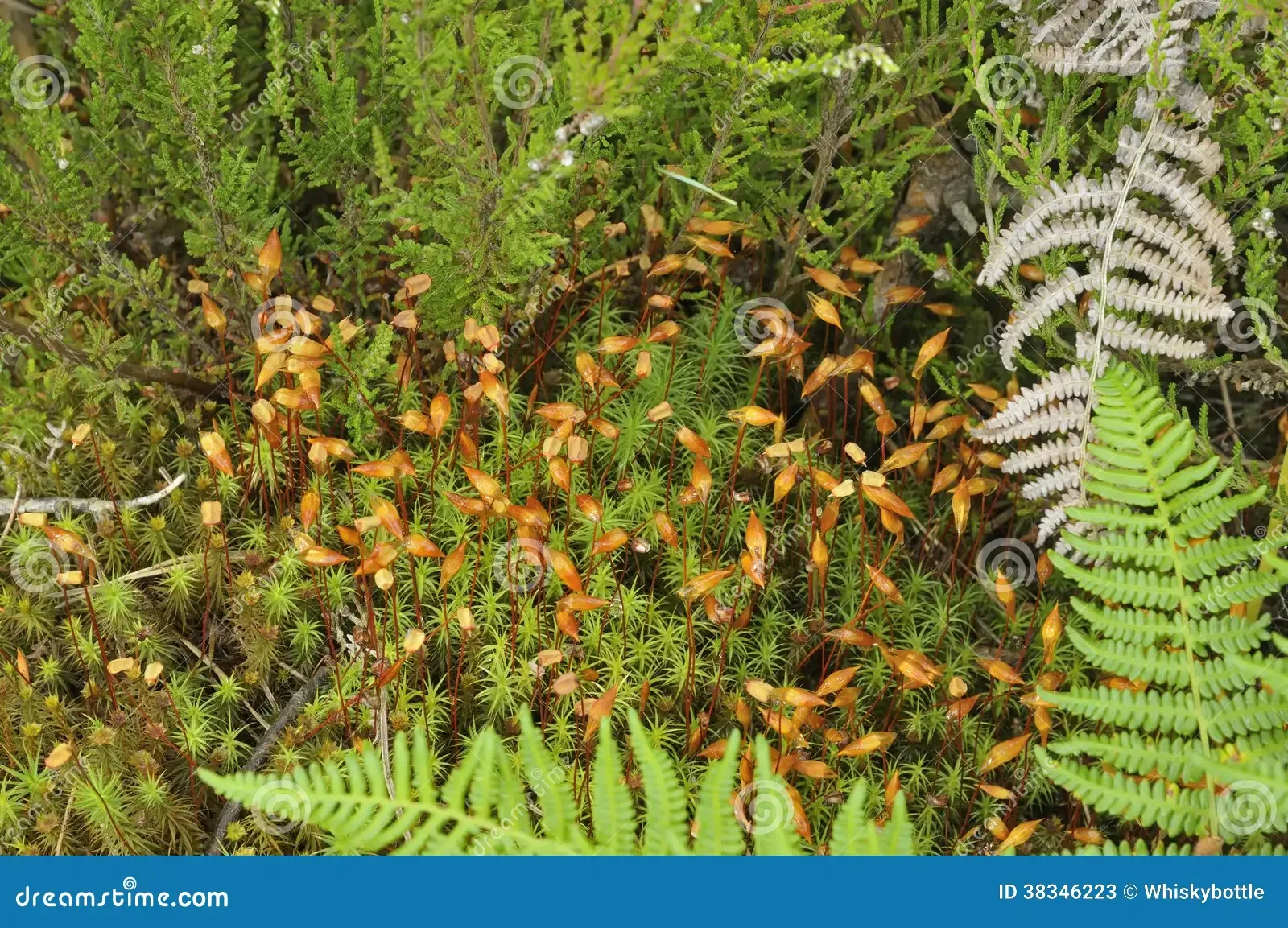
polytrichum-moss-commune-heather-bracken-38346223.jpg from: https://www.dreamstime.com/stock-photos-polytrichum-moss-commune-heather-bracken-image38346223
Exploring the Fascinating World of Polytrichum cataractarum Moss
Introduction
Mosses are some of the most ancient and resilient plants on Earth. One particularly interesting species is Polytrichum cataractarum Müll.Hal., a moss in the Polytrichaceae family. In this blog post, we’ll take a closer look at this fascinating bryophyte, from its unique morphology to its ecological roles. Get ready to dive into the tiny but mighty world of Polytrichum moss!
Background
Polytrichum cataractarum is a species of moss first described by German botanist Johann Karl August Müller in 1874. It belongs to the Polytrichaceae family, one of the largest families of mosses with over 200 species worldwide. Polytrichum mosses are known for their relatively large size compared to other mosses.
Morphology and Identification
P. cataractarum forms dense tufts or cushions that are dark green to brownish-green in color. The individual stems can grow up to 10 cm tall, which is quite large for a moss! The leaves are lance-shaped
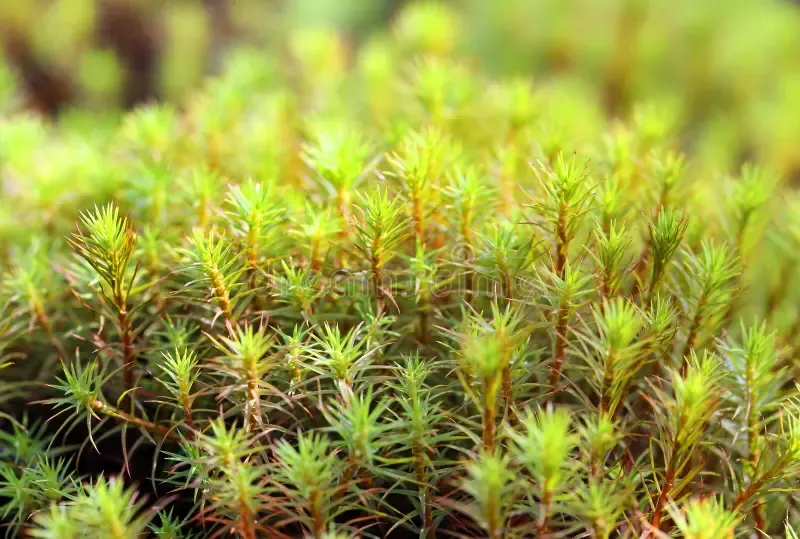
polytrichum-commune-moss-closeup-yamal-peninsula-hair-swamp-siberia-77400743.jpg from: https://www.dreamstime.com/stock-photo-polytrichum-commune-moss-closeup-yamal-peninsula-hair-swamp-siberia-image77400743
and have toothed margins. A key identifying feature is the

hair-cap-moss-polytrichum-juniperum-spore-capsules-A5DXGX.jpg from: https://www.alamy.com/stock-photo/polytrichum-moss-sporophyte.html
reddish-brown, hairy calyptra (cap) that covers the capsule (spore-bearing structure).
Global Distribution and Habitat
This moss has a wide distribution, being found in Europe, Asia, Africa, Australia, and the Americas. It typically grows on damp soil or rocks near streams, waterfalls, and in forests. The species name “cataractarum” actually means “of waterfalls” in Latin, referring to one of its common habitats.
Ecological Roles and Adaptations
Like other mosses, P. cataractarum plays important roles in its ecosystem:
- Erosion control: The dense mats help stabilize soil and prevent erosion.
- Water retention

polytrichum-moss-polytrichum-formosum-E619B2.jpg from: https://www.alamy.com/stock-photo-polytrichum-moss-polytrichum-formosum-72558726.html
: Moss cushions act like sponges, absorbing and slowly releasing water.
- Habitat for micro-organisms: Many tiny invertebrates make their homes in moss.
P. cataractarum has several adaptations that allow it to thrive:
- Desiccation tolerance: It can survive periods of drying out, then rehydrate when water is available again.
- Hairy calyptra: The hairs help protect the developing spore capsule.
- Rhizoids: These root-like structures anchor the moss to its substrate.
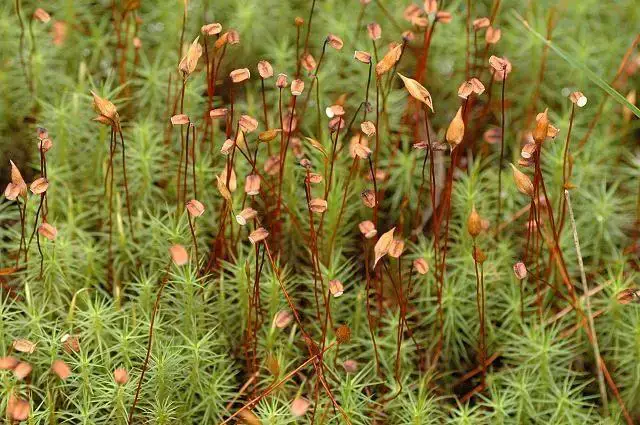
76232167c29684105265a866cc8d0b7e–africa-ferns.jpg from: https://www.pinterest.com/pin/429601251924577474/
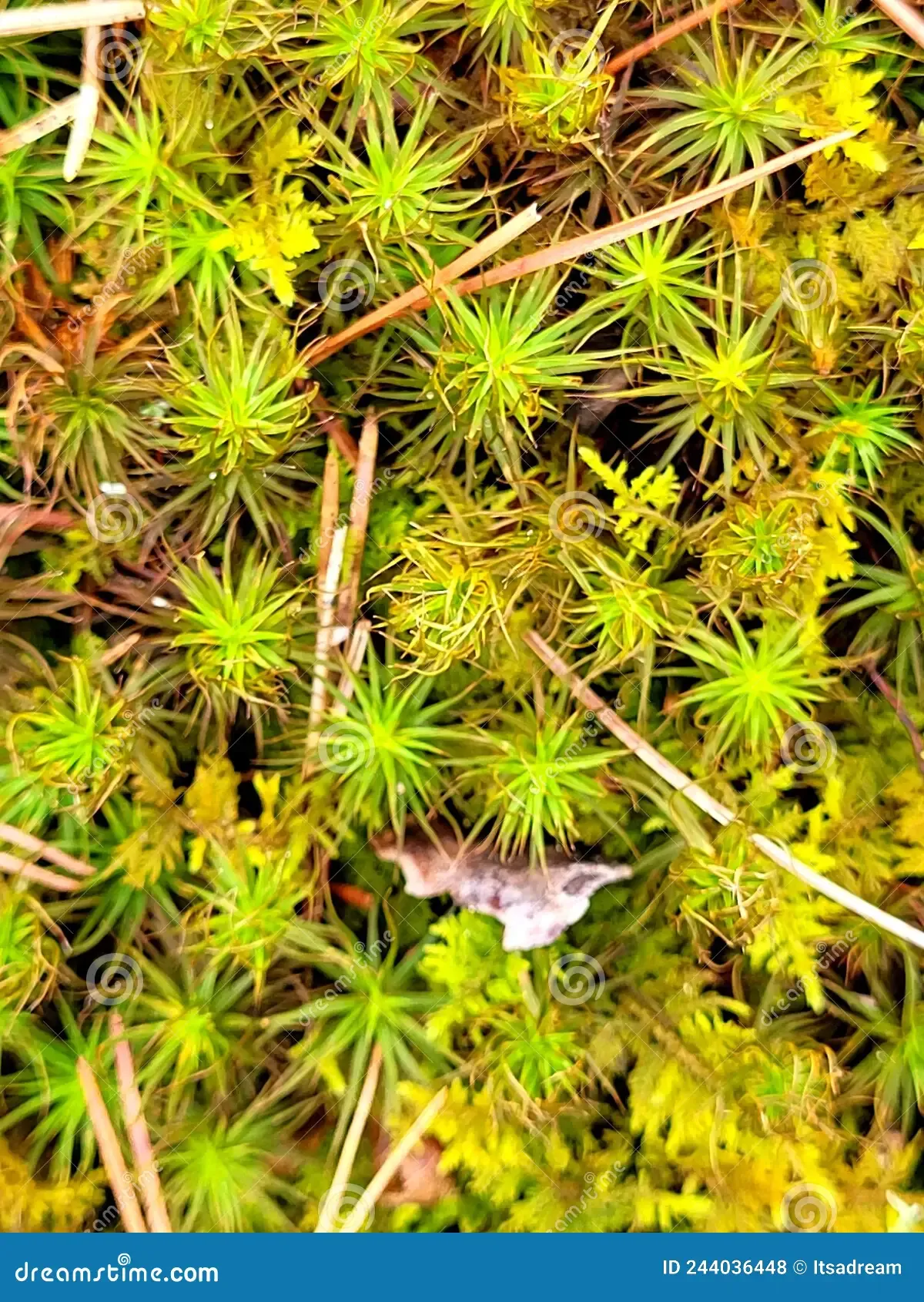
plytrichum-moss-also-known-as-hair-cap-polytrichum-244036448.jpg from: https://www.dreamstime.com/plytrichum-moss-also-known-as-hair-cap-polytrichum-image244036448
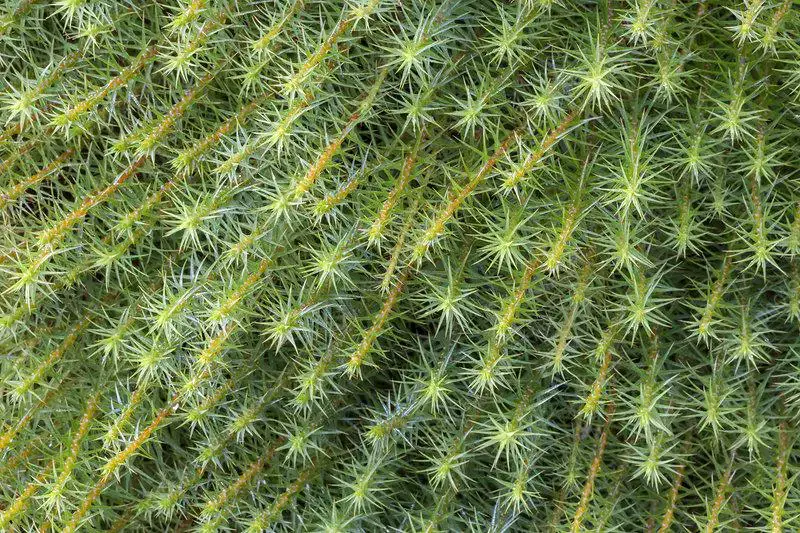
C0412794-Polytrichum_moss_Polytrichum_sp_growing_in_bogland.jpg from: https://www.sciencephoto.com/media/962853/view/polytrichum-moss-polytrichum-sp-growing-in-bogland
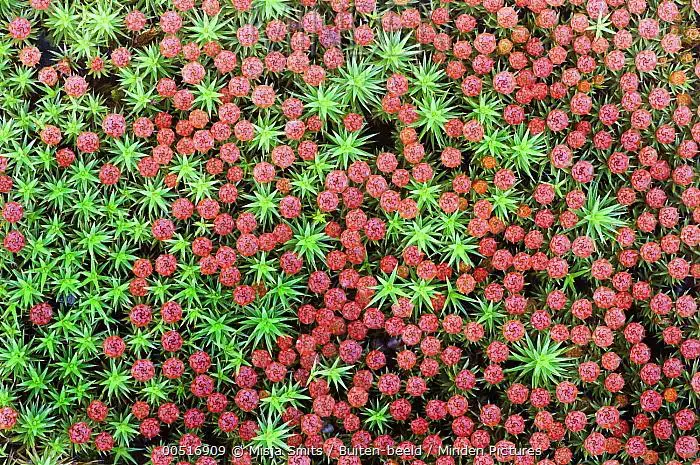
00516909.jpg from: https://www.mindenpictures.com/stock-photo-polytrichum-moss-polytrichum-piliferum–nijmegen-netherlands-naturephotography-image00516909.html
| Characteristic | Description |
|---|---|
Size
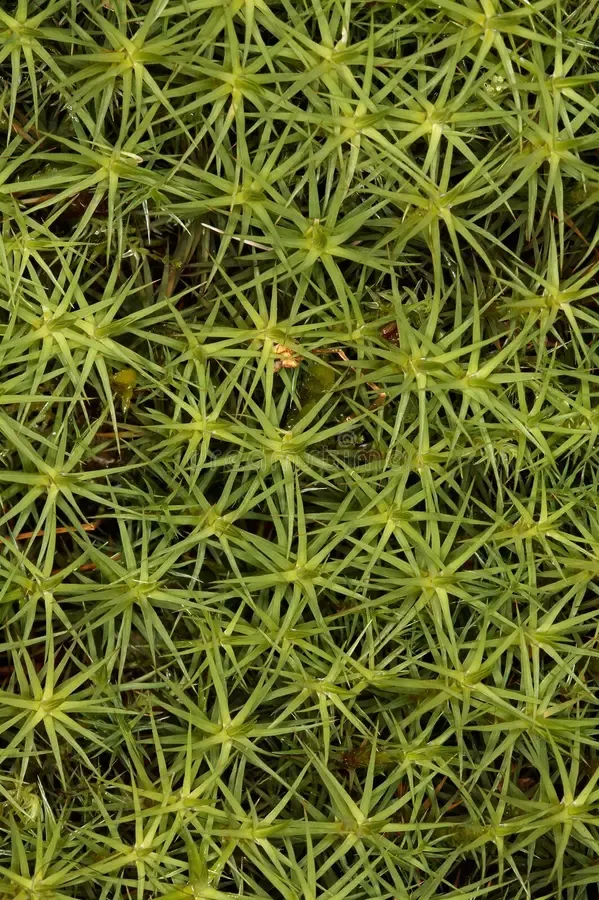 polytrichum-1499468.jpg from: https://www.dreamstime.com/royalty-free-stock-photos-polytrichum-image1499468 |
Up to 10 cm tall |
| Color | Dark green to brownish-green |
| Leaves | Lance-shaped with toothed margins |
Calyptra
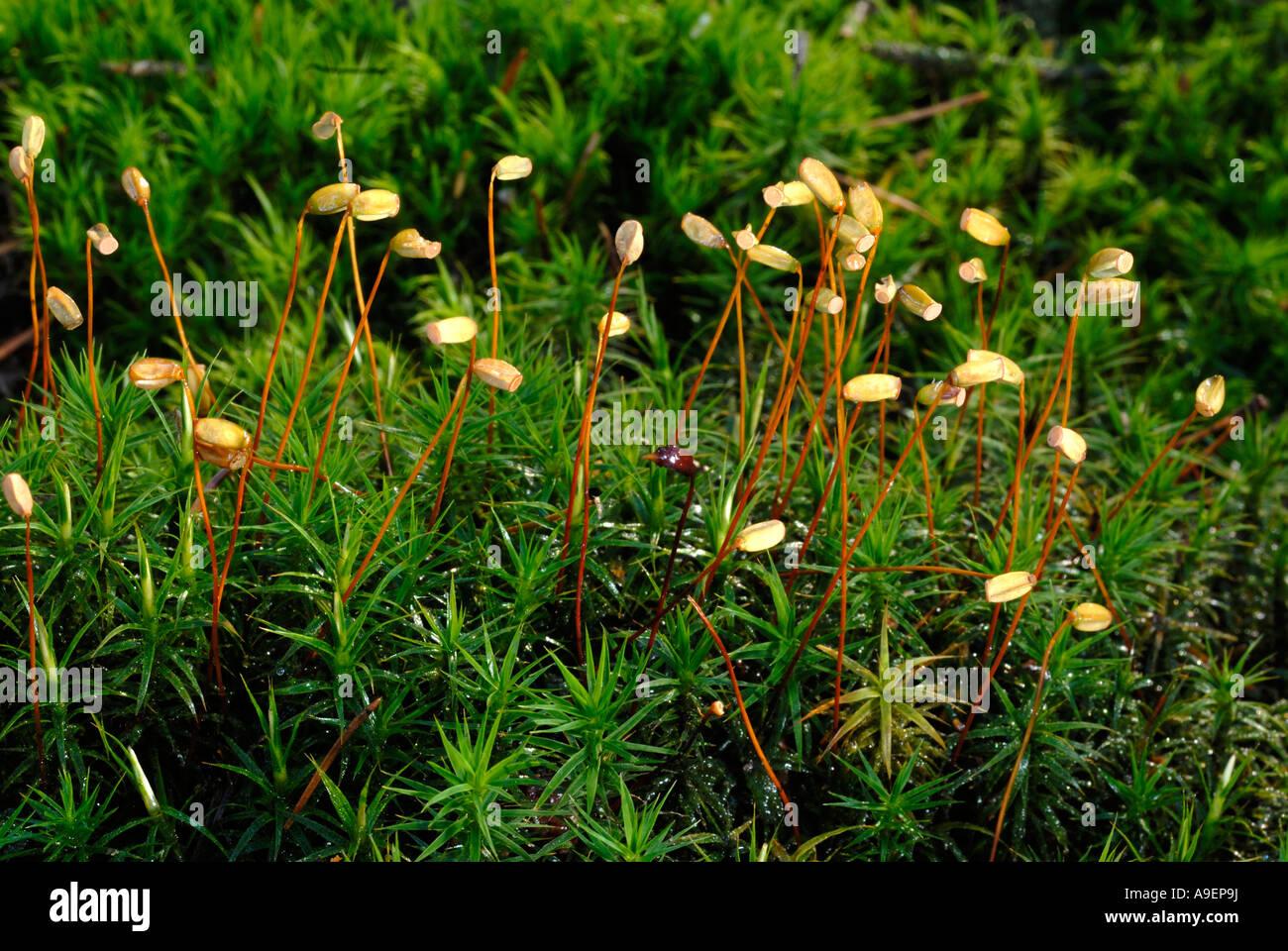 common-haircap-moss-common-hair-moss-polytrichum-commune-with-sporangia-A9EP9J.jpg from: https://www.alamy.com/stock-photo-common-haircap-moss-common-hair-moss-polytrichum-commune-with-sporangia-12344525.html |
Reddish-brown and hairy |
| Habitat | Damp soil/rocks near water |
Conclusion
Polytrichum cataractarum is a remarkable moss with a fascinating biology. From its eye-catching hairy calyptra to its important ecological roles, this species showcases how even tiny plants can be complex and mighty. Next time you’re in nature near a waterfall or stream, take a moment to appreciate the miniature world of Polytrichum moss under your feet. What other amazing bryophytes might be living there?